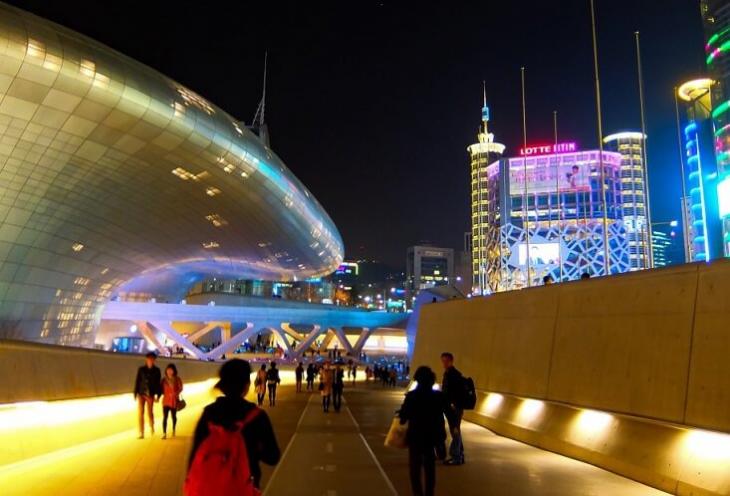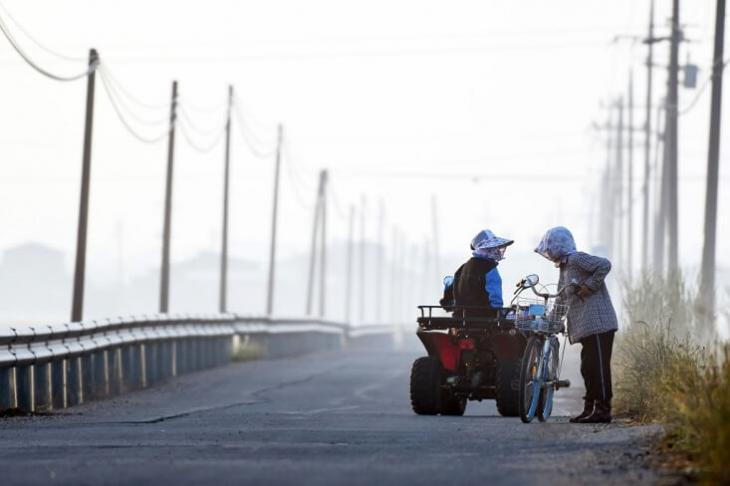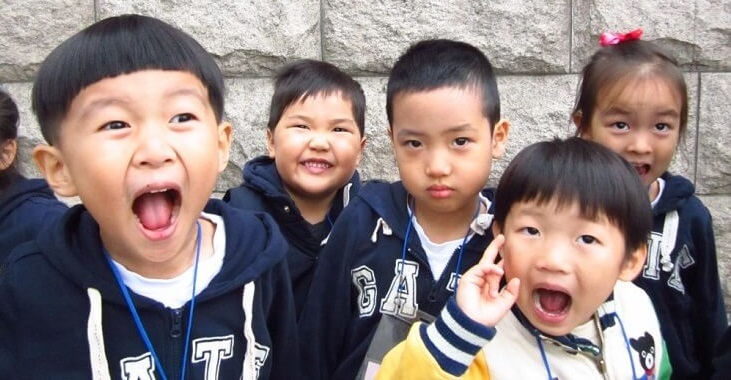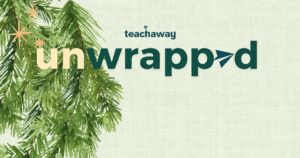If you’ve set your sights on teaching in a public school in South Korea, you’re in for an awesome experience.
Alongside the thrill of jetting off to a new country, you also get great job security to boot and a pay packet that isn’t too shabby at all. In other words, maximum adventure with minimum risk!
But during your job search, you might have found that there are quite a few South Korean government-sponsored teaching programs out there that all seem kind of the same but are also… different?
How do you choose between EPIK, GEPIK, SMOE, and GOE?

And does it make a difference which one you choose?
Well, in some ways, not that much. There are tons of similarities between the programs, for example:
Eligibility criteria
To be accepted to EPIK, GEPIK, SOME or GOE teachers must:
- be a native English speaker with a passport from the UK, Ireland, Australia, New Zealand, U.S.A., Canada or South Africa
- have a Bachelor’s degree from an English speaking country
- be TEFL qualified (preferably with at least 20 hours of in class teaching) or have a Bachelor’s in education, a teaching certificate, etc.
- have no criminal record
Working hours
One of the main day-to-day advantages of working in the public school system is that working hours are Monday to Friday, with no evening or weekend work.
Teachers are contracted to teach 22 hours per week with a Korean co-teacher, working with classes of around 35 students. Classes are 40 minutes long for elementary students, 45 for middle school students and 50 high schoolers.
In all programs, teachers sign on for 12-month contracts starting in spring or fall, and vacation time can normally be taken during school breaks in August and January.
The rest of your non-teaching work hours will be taken up by related tasks such as preparing classroom materials, running conversation practice sessions and teaching English classes for school staff.
Benefits
South Korea is famous in the TEFL world for being generous when it comes to benefits for teachers, and the public school system is no exception. Teachers accepted into these programs can expect to have reimbursed return flights, free furnished accommodation, a settlement allowance of 3.0 KRW, healthcare and a completion bonus of one month’s salary included in their contracts. Doesn’t sound too bad, does it?
Unlike many other South Korean TEFL employers, these public school programs also include orientation training for their teachers upon arrival in South Korea. Although this training isn’t paid, food and accommodation is provided, and it provides arrivals with a chance to meet new people, get some useful insights on Korean culture and learn about the job.

Sign up to Teach Away today for access to the latest
teaching jobs around the world.
What are the differences between all these programs? And which one should you apply for?

Well, a lot of it comes down to salary and location. Let’s take a look at the differences between them…
EPIK
Location: Throughout South Korea
Salary: 1.8 – 2.7 KRW. Find out where you sit on the pay scale here.
Vacation days: 18 days, plus national holidays
First set up in 1995, EPIK is the original public schools program in South Korea. At any one time there are around 1300 international TEFL teachers teaching English in South Korean schools thanks to EPIK.
So, its reputation speaks for itself. Taking up a placement at EPIK provides reassurance that thousands of other TEFL teachers are having the same experience as you and it’s a well-known name that’ll look great on your CV.
But there are a couple of things to consider if you apply to EPIK. First, the EPIK program runs across the whole of South Korea and although you can give a preference of where you’d like to live, there’s no guarantee you’ll be placed there. (It’s also possible if you apply through EPIK that you’ll be placed in a SMOE, GEPIK or GOE region.)
The same goes for the age group you’ll be teaching. You can give a preference but might end up teaching elementary, middle or high schoolers.
If you’re looking for a reliable experience and are open-minded about where your South Korean adventure might happen, EPIK could be the program for you.
SMOE
Location: Seoul
Salary: Salary 1.8 – 3 won. Here’s a breakdown of salary levels
Vacation days: 18 days, plus national holidays
If you love the hustle and bustle of city life and can’t imagine yourself living anywhere but Seoul, then SMOE might be the program for you.
Also known as Epik-Seoul, SMOE is a highly popular program which places teachers in the South Korean capital. Positions are available in all districts of the city except Gangnam and most teaching posts are in elementary schools.
As Seoul is such a popular destination for TEFL teachers, competition to get into SMOE is tough but if you have your heart set on living and working amongst the bright lights, then SMOE is your best bet.
GEPIK
Location: Gyeonggi-do
Salary: 2.0 – 2.3 KRW. Find out where you sit on the pay scale here.
Vacation days: 20 days, plus national holidays
If you want to have a more diverse South Korean experience, but still be within reach of the capital, then GEPIK could be the program for you.
Running since 2003, GEPIK places TEFL teachers in public schools in Gyeonggi-do province, the area around Seoul. This province offers a diverse range of lifestyles: city and rural positions are available in elementary, middle, and high schools. But all locations keep Seoul easily reachable by train for evening and weekend trips.
GOE
Location: Geyongsam
Salary: Salary 2.1 – 2.7 won. Here’s a breakdown of salary levels
Vacation days: 18 days, plus national holidays
Finally, Geyongsam province in the south also has its own program which accepts applications throughout the year, not just in spring and fall.
This southern province has a lot to offer, with beautiful natural scenery, temples, coastal tourism and two metropolitan cities: Changwon and Gimhae.
However, the rural setting of many GOE schools does mean it operates slightly differently to the other programs. GOE teachers may work with smaller class sizes and have to split their time between more than one school. Lovers of the quiet life may also be interested to know that teachers placed in remote areas are given a rural allowance of 1.0 KRW per month on top of their regular salary!




